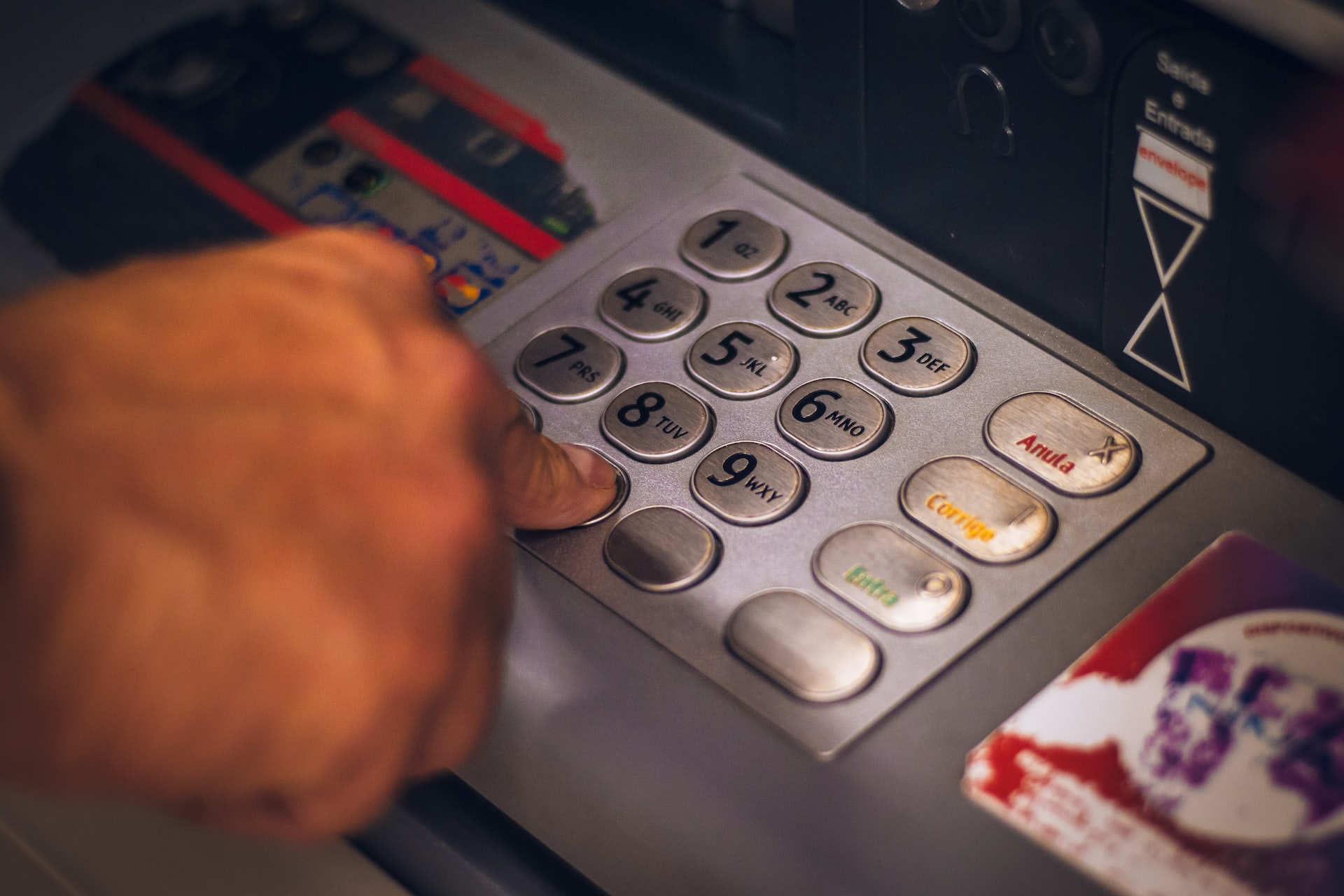You log in to your online banking profile to view your checking account balance and recent account activity. But you quickly notice the dashboard displays an available and current balance. So what’s the difference between the two, and which should you rely on to make a payment or purchasing decision? Keep reading to discover the key differences between the two.
What Does Available Balance Mean in Your Account?
Your available balance is the amount of funds in your account that are accessible to you. It’s also what banks and credit unions use to determine if your balance is sufficient enough to cover transactions, and includes mobile or check deposits, payments or charges that haven’t yet been posted but may be in pending status.
What Does Current Balance Mean in Your Account?
As the name suggests, your current balance is the total amount of money you have in your account based on recent incoming and outgoing transactions. It does not account for pending transactions, like electronic or automatic bill payments, written checks to make purchases, and check deposits, though. Furthermore, your current balance may not be an accurate representation of how much is actually available for spending.
You can access this figure by logging in to your online banking portal or heading to the branch and speaking with a teller.
What are the Differences Between the Available Balance vs. Current Balance?
To distinguish between the two, think of your available and current balance in the same way you would your net and gross earnings from your paycheck. The available balance (or the net balance) is what’s left for spending after all pending transactions have been accounted for. However, your current balance is an amount that reflects your actual balance without taking the pending transactions that haven’t yet been posted into account.
Be mindful that these two figures may be the same if you don’t have any pending transactions.
To illustrate, assume Chelsea has a current balance of $2,000 in her checking account on Tuesday morning. She writes a check for $800 on Tuesday afternoon to cover rent and deposits $100 in cash at an ATM that posts immediately. Chelsea also uses her debit card to purchase breakfast for $25 the following morning. The charge for breakfast is placed in pending status, which means her current balance is $2,100 ($2,000+$100). However, her available balance or the cash she has available to spend is only $1,275 ($2,000 – $800 + $100 – $25).
Why the Reflected Amount is Sometimes Different Between the Two
As mentioned above, the reflected amount between the two sometimes varies due to pending transactions that haven’t yet been posted.
Available Balance vs. Current Balance: Which One Should You Rely on When Making Payments?
Ideally, you should reference your available balance when making purchasing decisions as it provides the most accurate representation of the funds you actually have on hand. Otherwise, you could incur overdraft fees and NSF fees if your account becomes overdrawn. That’s unless your available and current balance are the same or you’ve initiated transactions, like electronic or check payments, that haven’t yet reached your bank and been placed in pending status.
How Long Does It Take for the Current Balance and Available Balance to Reflect the Same Amount?
It depends on the number of pending transactions you have and how long they take to process. You also have to take the transactions into account that haven’t yet hit your account, like electronic payments, transfers from other accounts (or cross-account transfers), and check deposits or payments.
The processing times vary by the financial institution. Once a pending transaction is reflected in your ledger, it will generally clear within 24 to 72 hours, but it can take longer. For example, merchant payments initiated electronically can take 24 to 36 hours to hit your account and linger in pending status for another 24 to 48 hours before posting. If you write a check, though, it won’t appear until presented for payments, which could be several weeks. (Keep in mind that personal checks are valid for up to 6 months or 180 days). And check deposits are also subject to a holding period, depending on your bank or credit union and the amount of the check.
Another important consideration: some merchants will charge your debit card for an amount that doesn’t accurately reflect what you actually spent. For example, when you pay at the pump for gas, the store may automatically charge a hold that’s anywhere from $50 to $175, even if you only spend $40. The charge will eventually post to show the accurate amount, releasing the amount of the hold, but gas stations often do this to protect themselves.
You could also see a variance between the current balance and the available balance in your bank account when traveling. This practice is quite common with car rental companies and hotels. Car rental companies typically place a flat-rate hold along with the projected cost of the reservation and any applicable taxes on your debit card, and it isn’t released until sometimes five to seven days after you return the vehicle. The same applies to hotels – you’ll generally see a charge for the amount of the stay plus any taxes and projected incidentals until your stay is complete.
How Do They Affect Overdraft and NSF Fees?
You’re more likely to incur overdraft and NSF fees by relying on your current balance if you have pending transactions, expense items or purchases that haven’t yet been posted to your account. Fortunately, you can avoid these pesky fees by linking a personal line of credit to your checking account that acts as a form of overdraft protection.







